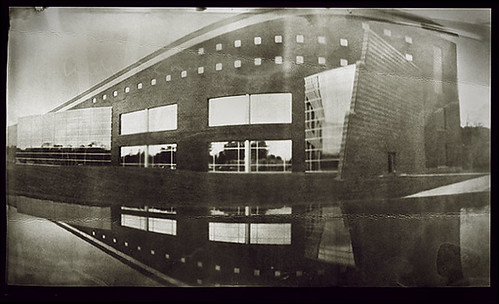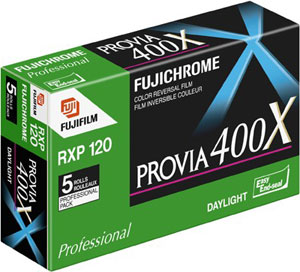Experimental photographer Matt Callow, aka Matt Blackcustard, was just interviewed by Michigan in Pictures. I’ve been following his work on Flickr and f295 for some time now and am consistently knocked on my ass. It’s an interesting read as he’s as good at talking about photography as he is at doing it.
You can see more of his work on his own Web site, mattcallow.com, Flickr, LiveJournal, and Tom Persinger’s f295 Pinhole Forum.


